Race for innovative urban planning heats up amid rising temperatures and sea levels in Singapore
With daily temperatures projected to progressively rise, there is greater urgency to find ways to cool spaces and people down, without adding to global warming.
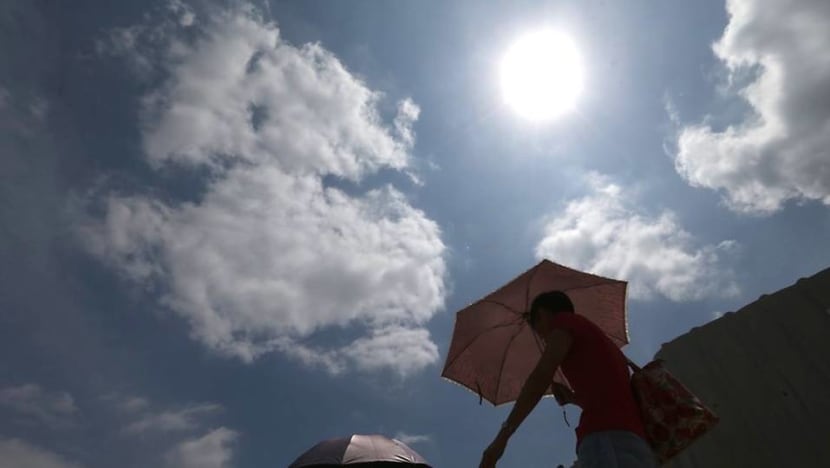

This audio is generated by an AI tool.
SINGAPORE: The triple threat of hotter, wetter and more flood-prone decades ahead is putting more pressure on Singapore to build greener and better.
The building industry, in particular, is looking into smarter and more innovative ways to cool people down, and also keep rising sea levels at bay.
Such considerations could redefine Singapore’s urban landscape moving forward, as it copes with the effects of climate change.
According to projections in the country’s third National Climate Change Study published on Jan 5, Singapore could face daily maximum temperatures exceeding 35 degrees Celsius, for up to 351 days a year by 2100.
The report by the Centre for Climate Research Singapore (CCRS) also projected that the country could experience longer and more frequent extreme weather, such as dry spells and intense rainfalls.
FINDING COOLING SOLUTIONS
With daily temperatures projected to rise by as much as 5 degrees Celsius by the end of this century, there is greater urgency to find ways to cool spaces and people down, without adding to global warming.
That includes finding alternatives to air-conditioning, which uses lots of electricity and emits heat and greenhouse gases.
"By reducing the use of air-conditioning, we can reduce our energy consumption and carbon emissions from our building,” said Mr Lei Yue, a research associate and PhD candidate in the National University of Singapore’s (NUS) Department of the Built Environment, part of the College of Design and Engineering.
Mr Lei is part of a team testing out a mixed-mode concept of ventilation in an office setting.
It combines natural ventilation, ceiling fans and spot cooling at desks, to automatically maintain ideal indoor temperatures.
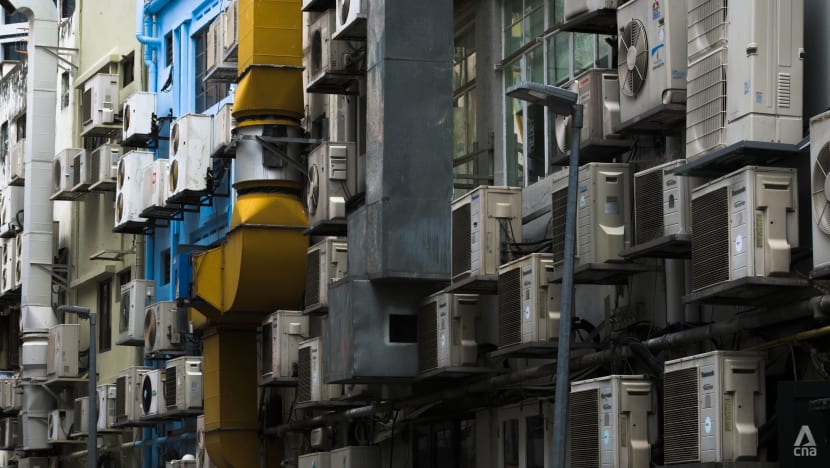
Such a system is estimated to use around half as much energy to cool a space, compared to air-conditioning, explained Mr Lei.
"It's an important step in mitigating the impact of Singapore's changing climate,” he said.
The Singapore Green Building Council (SGBC) has also called for the country to change the way it builds, in order to adapt to the warming weather.
The sector is paying heed in several areas, such as using software to look at building orientation and other ways to minimise the impact from solar heat, said the council’s president Lee Ang Seng.
Natural ventilation systems, for instance, could factor in seasonal wind directions, he said.
“Then we look at urban greenery incorporated into buildings, which helps to reduce the indoor and ambient temperatures,” added Mr Lee.
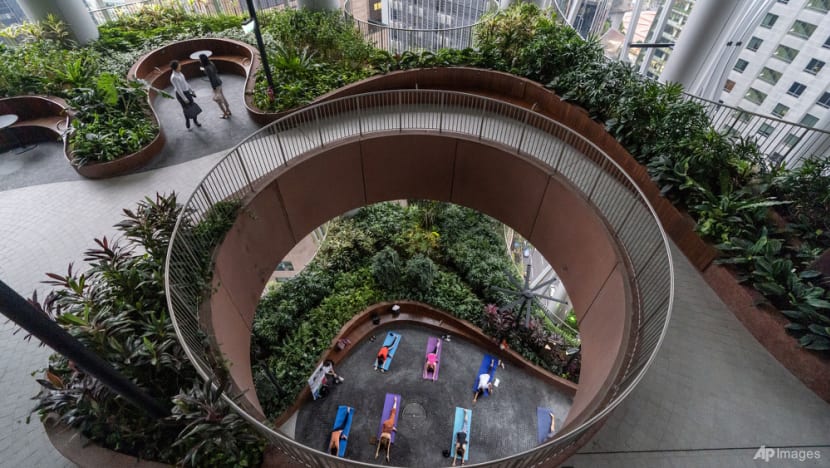
RISING SEA LEVELS
The encroaching ocean is another area of concern for Singapore.
The latest National Climate Change Study also projected that sea levels here could rise by as much as 1.15m by the end of this century, surpassing earlier estimates.
A team at Nanyang Technological University (NTU) is already working hard on the idea of flexible seawalls that rise and fall with the sea level.
It is hoping that its concept can be used in the Long Island project in East Coast, which was announced in November last year.
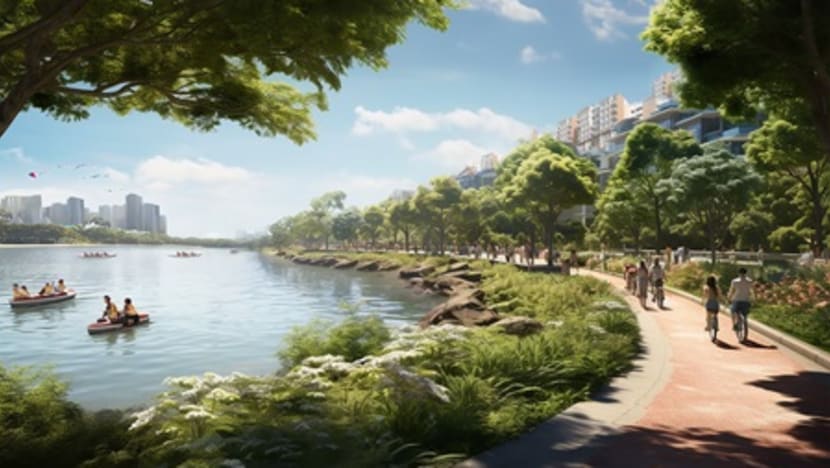
"We will be able to build this wall using membranes. The membrane will serve as a function to separate the water, and on top you still can have a concrete block,” Professor Chu Jian, Chair of NTU’s School of Civil and Environmental Engineering, told CNA.
“This concrete block can also be used for other functions. For example, inside the concrete block, you can use it for highways and on top … you can still have your beach (and) your slope for your intertidal zone."
National water agency PUB said it is planning its policies based on a 2m rise in sea levels — a possibility by the year 2150 in a high emissions scenario, according to the National Climate Change Study.
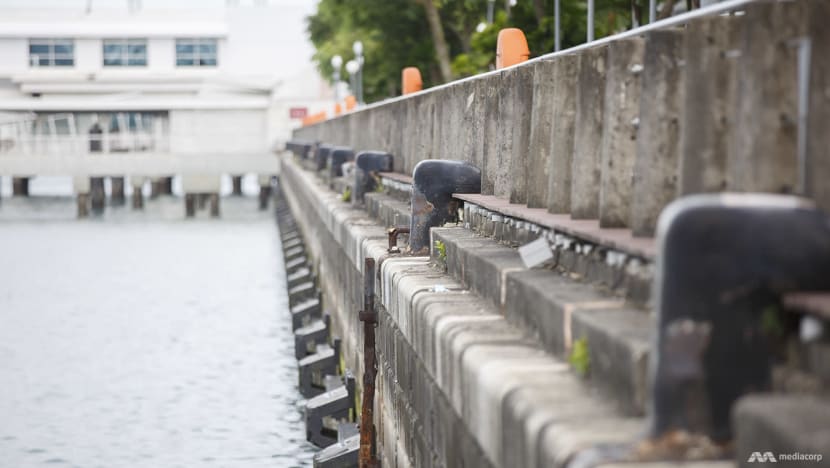
Such an approach lets the agency protect against near-term risk, but also have the leeway to adapt to changes and challenges down the road.
"We are already seeing some coastal flooding today, especially along areas like East Coast Park, whenever there are high tides coinciding with heavy rainfall,” said Ms Sarah Hiong, deputy director of PUB’s coastal protection department.
“We talk about studying and developing solutions, but with every solution there's bound to be trade-offs, because of our limited land and also competing uses."
















